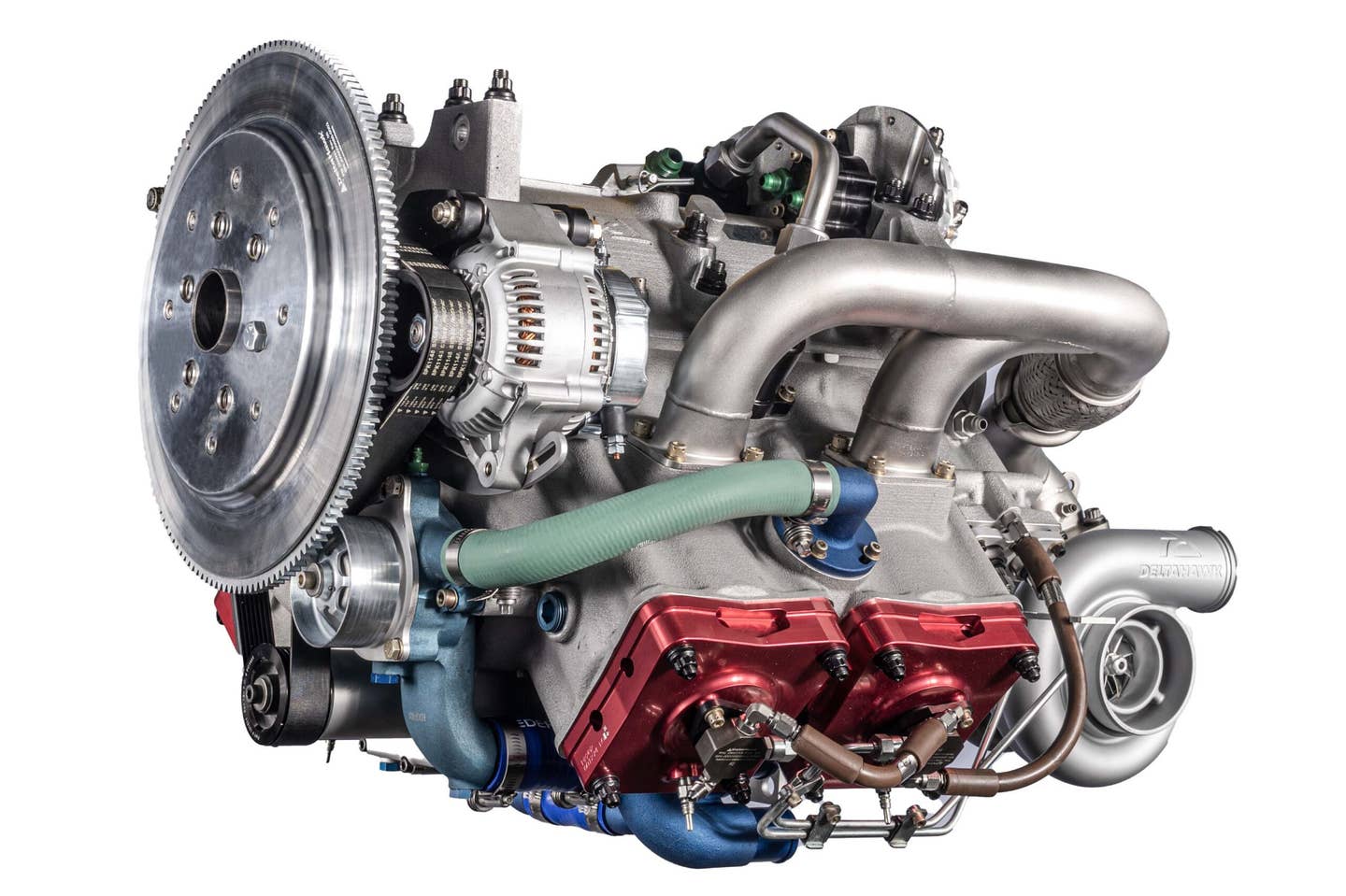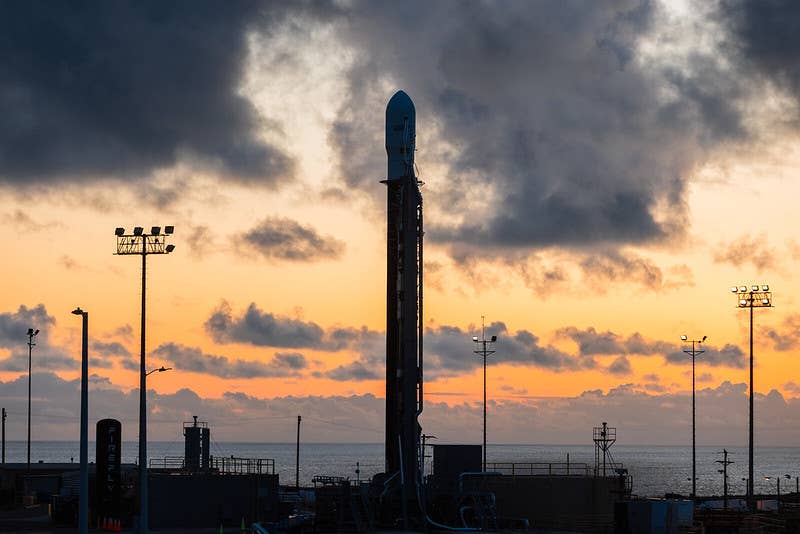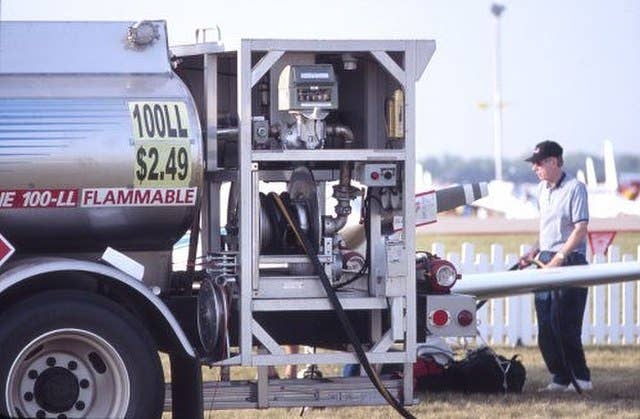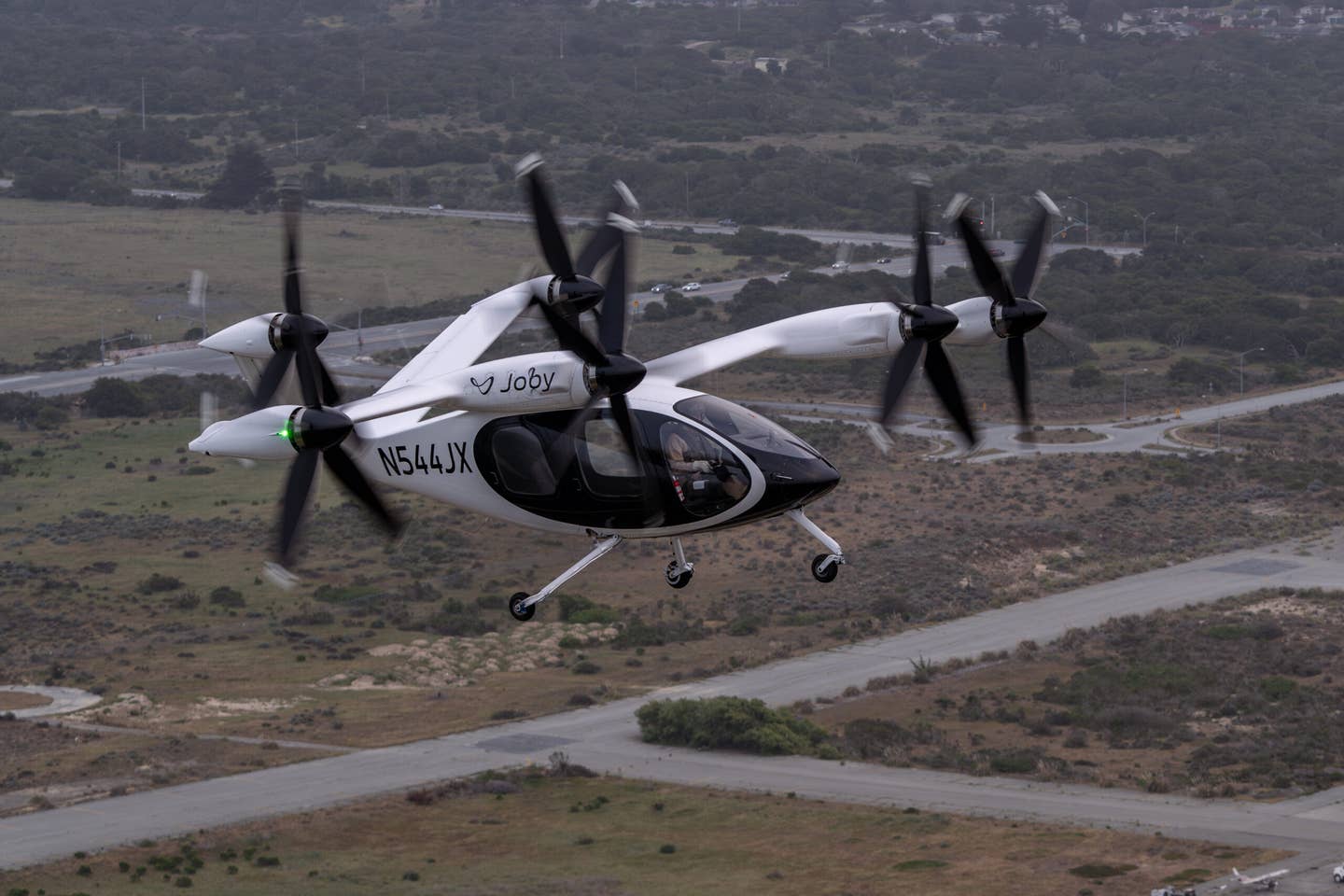DeltaHawk DHK180 Receives FAA Certification
DeltaHawk announced on Thursday that it has received FAA type certification for its 180-HP DHK180 piston engine. The four-cylinder, clean-sheet design features an inverted-V engine block, turbocharging and supercharging, mechanical…

Image: DeltaHawk
DeltaHawk announced on Thursday that it has received FAA type certification for its 180-HP DHK180 piston engine. The four-cylinder, clean-sheet design features an inverted-V engine block, turbocharging and supercharging, mechanical fuel injection, liquid cooling, direct drive and, according to the company, “40 percent fewer moving parts than other engines in its category.” It is capable of burning Jet-A and sustainable aviation jet fuels.
“We began by completely reimagining what a general aviation engine should be,” said DeltaHawk CEO Christopher Ruud. “And the result is that we now have a certified engine that is a game-changer. It’s been a long time coming but, in engineering, simple is hard. However, this engine’s performance, simplicity, and reliability have made it worth the time and the investment, as it is truly ‘Power Reimagined.’”
The DHK180 measures 33 inches by 24 inches by 22 inches and has a dry weight of 357 pounds. DeltaHawk reported that performance and technical upgrades are currently underway as well as additional endurance testing and flight evaluations on several aircraft. Deliveries are expected to begin in 2024. Pricing for the engine has not yet been announced. DeltaHawk noted that the DHK180 is intended to be the first of a family of engines.






